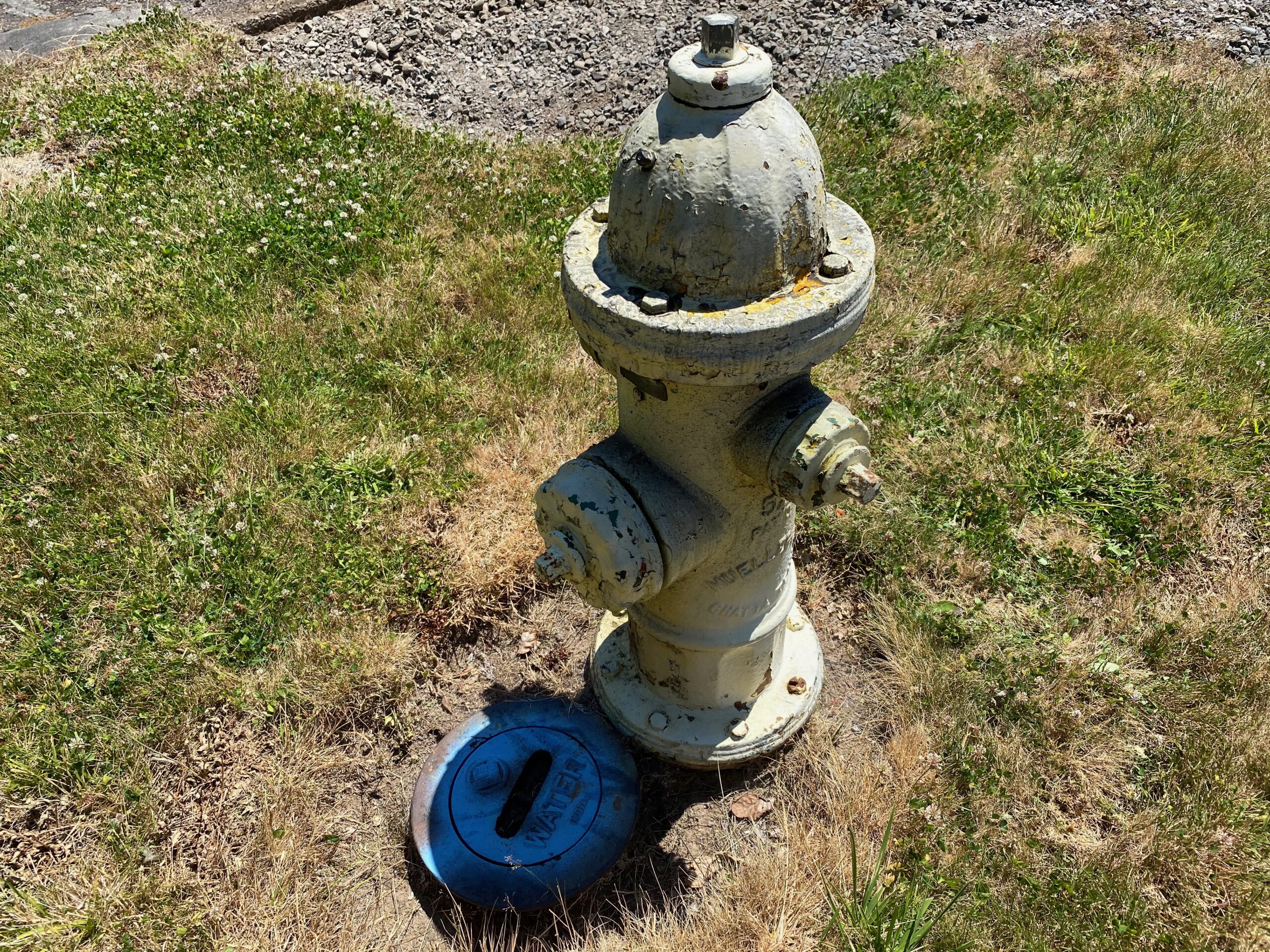Typical fire hydrant: 281,300 ppm Lead. 90 ppm Lead (& up) is unsafe for kids. Please keep kids away from hydrants!


A typical fire hydrant
Fire hydrants are attractive to children. They are at child-height. They are often painted in bright colors. Children like the idea of firemen as heroes, so a hydrant is an object that evokes a certain cultural excitement for little kids. Children LOVE to play on them, touch them, and hover around them if they are near one. I know you know what I am talking about (especially if you are a parent or grandparent!)
Sadly, fire hydrants are (in most cities and in most states) also incredibly toxic. The amount of Lead that is considered unsafe for a child to be exposed to in a modern item made for use by children is anything 90 ppm Lead or higher in the paint glaze or coating of an object. The paint from this fire hydrant tested positive for 281,300 ppm Lead! Not only did it test positive for an incredibly high level of Lead, the Lead paint is also in a state of pretty advanced deterioration (active chalking, chipping, & flaking), which is the most dangerous condition for Lead paint to be in. This fire hydrant was also in the front lawn of the home of a woman who has children and grandchildren who come to visit.
PLEASE be careful around fire hydrants. They are, sadly, not at all suitable for children to touch or play around. PLEASE encourage your children to stay away from them entirely. Please also encourage your municipalities to take care of the problem by replacing legacy/vintage hydrants with NEW modern Lead-free hydrants. DO NOT ask them to repaint them — as they will likely make a huge toxic mess of the whole area if they attempt to repaint or restore a vintage fire hydrant in situ! The best course of action is for these to be replaced with new versions — or versions that have been fully restored [completely chemically stripped, sand-blasted, etc. — in an appropriate off-site facility that is certified and equipped to handle and dispose of the extremely hazardous Leaded enamel debris and dust]. NOTE: fully-restored functional hydrants will unavoidably still have some Lead — but will present less of a hazard for the community.
Here’s the XRF readings for the paint on the hydrant pictured:
- Lead (Pb): 281,300 +/- 30,000 ppm
- Chromium (Cr): 91,700 +/- 8,500 ppm
- Cobalt (Co): 2,394 +/- 587 ppm
As always, thank you for reading and for sharing my posts. Please let me know if you have any questions.
Tamara Rubin
#LeadSafeMama

Never Miss an Important Article Again!
Join our Email List





This is an excellent example of a serious but unrecognized hazardous situation, thank you for this report. I also appreciate your point that it will need to be replaced and taken to a properly equipped worksite to be stripped of the old lead paint in order to be safely repainted. Someone might be tempted to simply throw another coat of paint on top but clearly this is not really an appropriate solution either, although it could reduce the old paint from spreading further while it is in the process of being replaced. What a mess. 🙁